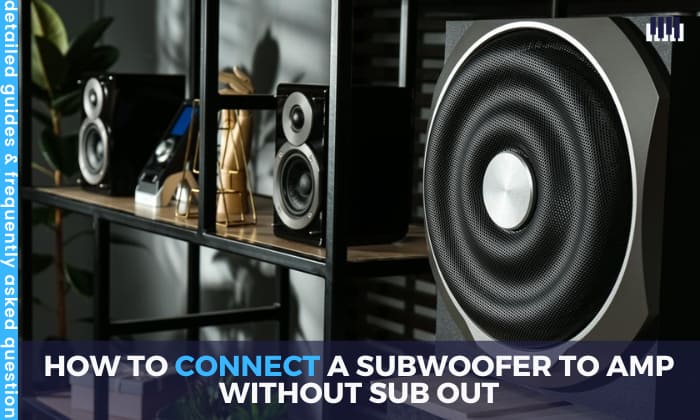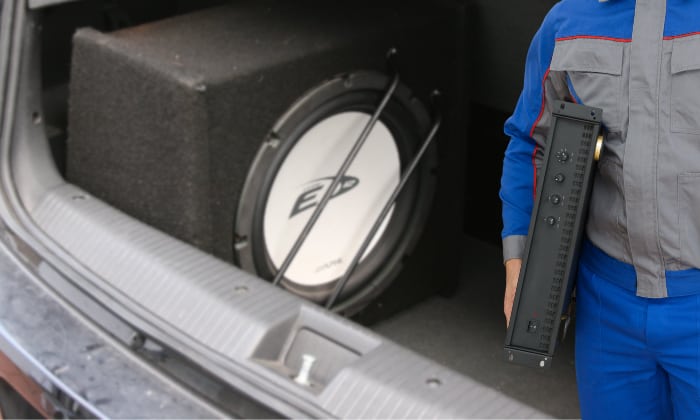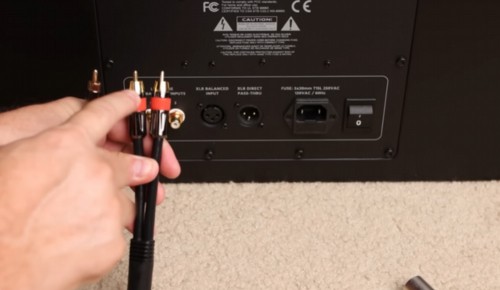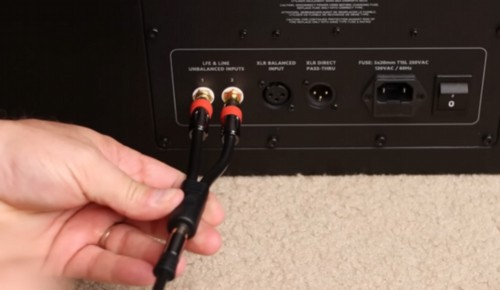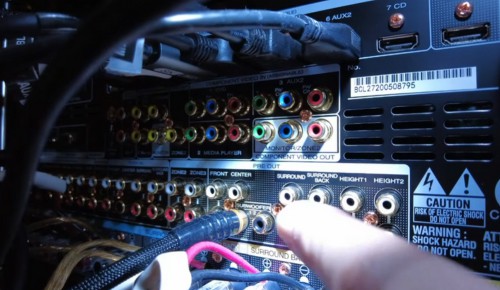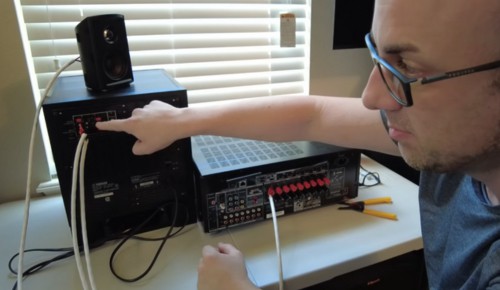For anyone who is a sucker for good audio, the experience remains incomplete without the presence of a subwoofer. It isn’t a mere addition to their sound setup; it’s an essential tool that adds depth, dimension, and low-frequency audio to the sound, either beat or melody.
But what if you own an amplifier without subwoofer output? If that’s one of your concerns, don’t worry. This article will introduce you to a step-by-step guide on how to connect a subwoofer to amp without sub out.
Keep reading as you explore the path to enriching your audio experience, skillfully bridging the gap between a lack of bass and a world of bass-heavy immersion.
Step-by-step to Connect a Subwoofer to Amp Without Sub Out.
Before anything, always check that the impedance of your speaker and subwoofer is compatible with the capabilities of your amplifier. There are numerous risks associated with neglecting impedance compatibility.
Here are some ways to hook up a subwoofer to a receiver.
Step 1: Check the back of your amplifier, you will see the the main jumpers (pre-out) there. Remove them carefully.
Step 2: Substitute the jumpers with “Y” connectors, using the male side that extends from the “pre-out.”
Step 3: Insert one of the female sides back into the “main-in,” simultaneously linking the other end of the “Y” to the subwoofer.
This method applies to various subwoofer connections and subwoofer wiring, and it’s especially useful for passive subwoofers. This procedure empowers you to connect a sub to an amp successfully.
Step 1: First things first, find those speaker-level outputs on your amplifier.
These are the connections that look like spring clips, just like what you’d see for regular speakers. You’ll find both left and right speaker terminals. Remember, don’t use outputs that are already connected to other speakers.
Step 2: Grab your speaker wires and hook them up to your amplifier’s left and right speaker outputs. Stretch out those wires so they reach your subwoofer’s spot.
Step 3: Now, take a look at your subwoofer. Push the wire ends into those speaker clips on the subwoofer. Make sure you match the polarity correctly to keep things in sync.
Step 4: Double-check that you’ve got positive connected to positive and negative to negative, both on the amplifier and the subwoofer. It keeps everything flowing smoothly. Give those connections a little pull to ensure they’re snug and won’t wiggle loose.
Step 5: Tug at the wires to ensure they’re securely fastened to the amplifier and the subwoofer. You don’t want them coming loose and causing audio glitches.
Step 6: If you’re connecting to a new receiver and there’s no subwoofer output, you can still connect an unpowered subwoofer using the speaker-level outputs.
Switch on your amplifier and play some music with a good amount of bass. Start with the volume low and gradually crank it up.
Listen for that satisfying thump from the subwoofer blending in with your main speakers. If things aren’t quite right, you can adjust the subwoofer settings to balance things out.
Step 1: Look at the back of your audio gear for spots labeled “Pre-Out” or “Tape Output.” They’re usually back there.
Step 2: Pick the cables that fit – they could be those red and white ones (RCA cables) or another type that matches.
Step 3: Before you plug anything in, turn off everything: your amp or receiver and the thing you’re connecting (like a powered subwoofer).
Step 4: Stick one end of the RCA cable into the Pre-Out or Tape Output on your amp. Match the colors – red with red, white with white.
Step 5: Plug the opposite end of the cable into the matching input on the device you’re connecting – it could be a subwoofer or some external recorder. Push it in snugly.
Step 6: Turn on all your gear, but first, go easy on the volume. You don’t want a surprise blast. Play some sound to check if things are working fine.
Step 7: If the audio feels off or unbalanced, take a look at both devices’ settings. To get that perfect sound, you might need to mess with the levels, switch inputs, or fiddle with other settings.
Step 8: Once you’re sure that everything is working properly, tidy up those cables. After all, no one wants to trip just because you didn’t clean them out.
Note: This is a great way to connect a subwoofer to a stereo amplifier, especially if the subwoofer only has speaker wire inputs. Keep these steps to ensure a hassle-free process.
Conclusion
It is important to know how to connect a subwoofer to amp without sub out to properly enhance your audio setup. Not having a specific subwoofer output doesn’t mean you can’t enjoy the wonderful music, so don’t just buy a new one that has one. With this step-by-step guide’s help, you can effectively connect your subwoofer to your audio system.
But remember, whichever approach you choose, remember to consider impedance compatibility, stick to the proper polarity, and make any necessary tweaks to ensure a well-balanced audio experience. Embrace these steps, and let your subwoofer add a new flavor to your audio experiences.

Sam Stephenson is a writer who grew up in Washington, North Carolina. He was 2010 and 2015 ASCAP Deems Taylor / Virgil Thomson Prize winner and a 2019-2020 Guggenheim Fellow in General Nonfiction. His books have been published by W.W. Norton, Alfred A. Knopf, and Farrar, Straus and Giroux
